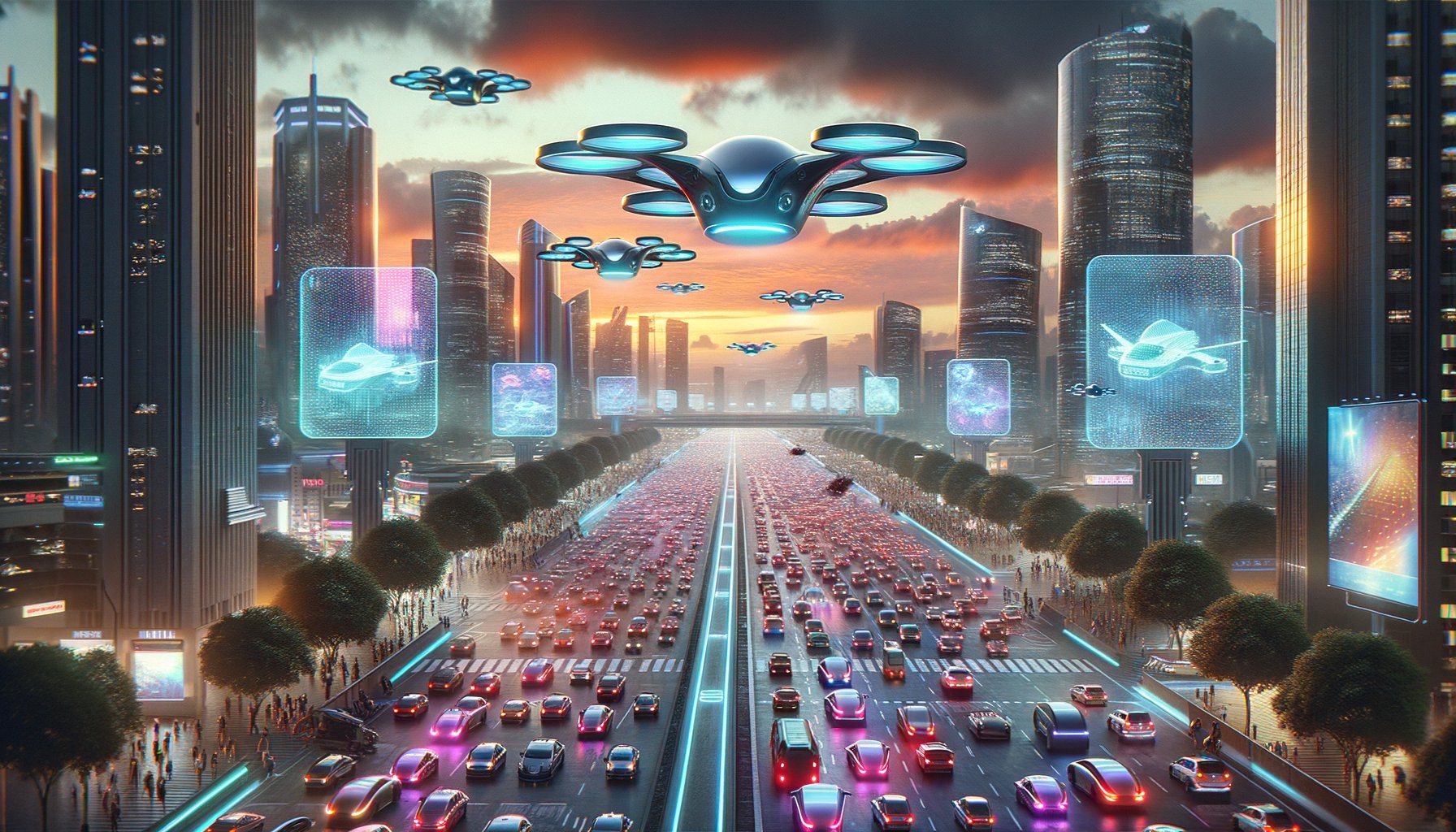Physical Address
304 North Cardinal St.
Dorchester Center, MA 02124
Physical Address
304 North Cardinal St.
Dorchester Center, MA 02124

The vision of a sky filled with flying cars, once confined to the realms of science fiction, is inching closer to reality. Over the past few years, advancements in technology have led to significant strides in the development of flying cars. These futuristic vehicles promise to revolutionise transportation as we know it, offering an exciting glimpse into what the future may hold.
While the concept of flying cars dates back to the early 20th century, it was not until recently that this idea began to take shape. Early attempts at creating airborne automobiles often resulted in unwieldy prototypes that were neither practical nor safe for everyday use.
However, with leaps in technology and engineering over the decades, we are now on the cusp of seeing these extraordinary vehicles become a part of our daily lives. Today’s prototypes blend innovative design with cutting-edge technology, promising a future where commuting through the air becomes as commonplace as driving on roads.
The creation of flying cars involves a complex interplay between various technologies. At their core, these vehicles are designed to operate both on land and in air – a feat that requires advanced engineering and sophisticated software systems.
One key technology at play is Vertical Take-Off and Landing (VTOL). This allows a vehicle to ascend directly upwards from a stationary position and then hover or move in any direction. It’s this technology that enables drones to fly – and it’s seen as crucial for making flying cars viable.
Beyond VTOL, electric propulsion is another essential component. As environmental concerns continue to drive innovation in automotive design, electric power is increasingly being seen as a viable solution for powering these vehicles. Not only does it offer zero-emissions, but it also provides the potential for quieter operation – a significant advantage when considering the noise pollution associated with traditional aircraft.
Several companies are leading the charge in flying car technology. Among them, Uber has been particularly vocal about its ambitions. The ride-hailing giant has partnered with several aerospace manufacturers to develop a fleet of flying taxis, aiming to launch as early as 2023.
Another notable player is Terrafugia, a company owned by Volvo’s parent company, Geely. Their prototype, the Transition®, is a roadable aircraft that can switch between driving and flying modes in under a minute. With wings that fold up when not in use, it offers an intriguing glimpse into what everyday flying cars might look like.
Despite the promising developments, there are still significant hurdles to overcome before we see widespread adoption of flying cars. Regulatory issues present one of the most substantial challenges. Aviation authorities worldwide will need to devise new rules and regulations to ensure safety without stifling innovation.
Beyond regulatory concerns, infrastructure is another key issue. For flying cars to become commonplace, cities will need to invest in ‘vertiports’ – dedicated areas for these vehicles to take off and land safely.
There are also technical challenges to address such as improving battery life and ensuring reliable navigation systems. Additionally, there’s the question of public acceptance – will people be ready for this radical shift in transportation?
In spite of these challenges, the prospect of flying cars continues to captivate our collective imagination. They promise not just convenience but also a solution to growing urban congestion problems and could even play a role in reducing carbon emissions if powered by renewable energy sources.
While we may still be a few years away from seeing flying cars become a part of our everyday lives, there’s no denying that the wheels – or rather, the propellers – are in motion. The advent of flying cars is an exciting testament to human innovation and a tantalising peek into what the future of transportation may hold.